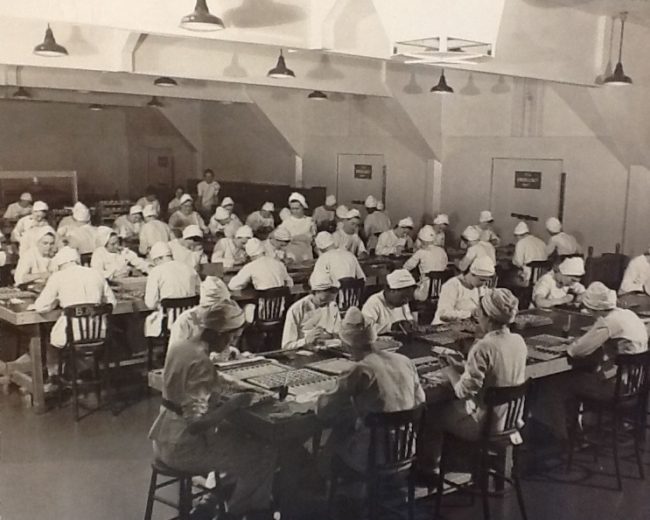
Bomb Girls Filling Munitions at GECO – Courtesy of the Archives of Ontario
What’s New
Partial GECO Employee Database Recreated
During author Barbara Dickson’s ten years of research in researching Canada’s bomb girls at GECO, she began recreating GECO’s employee database. Drawn from eighty-four issues of the ammunition factory’s employee magazine, GECO Fusilier, as well as from other sources, Barbara has extracted approximately eight thousand names, or about one-third of the original employee base.
If you are interested in a bomb girl (or guy) who served her (or his) country at GECO during the Second World War, and would like to inquire if they are part of the recreated employee database, please fill in the form found on the GECO Employee Database page.
“Bomb Girls: Trading Aprons for Ammo” is available for purchase at your favourite book store (including Chapters and Indigo). Copies can be found at Amazon or Dundurn as well.
Canada’s Bomb Girls: Introduction
The vast majority of people who live in Ontario are unaware that an extensive abandoned tunnel system runs under the city of Toronto. During the Second World War, the Canadian government built a sprawling top secret munitions plant outside the city limits in the rural community of Scarborough. The plant, called GECO — pronounced Gee-ko — comprised 346 acres, over four kilometres of tunnels, and 172 buildings (built in seven months.)
Women from Toronto and across Canada — some from as far away as the Maritimes and British Columbia — moved to Toronto to work at the plant eager to do their “bit” for King and Country. Many women also moved to Pickering, Ontario to work at the D.I.L. shell-filling plant. With countless thousands fighting overseas, countless more men and women worked tirelessly in Canadian war plants, producing everything from planes and tanks to ammo and bandages. GECO personnel often referred to their workers as the “Fourth Arm of the Service” or the “Girls behind the Guns” and were eager to help end the war quickly to bring their menfolk home.
Bomb Girls: Trading Aprons for Ammo is a comprehensive, historical record of GECO — Canada’s biggest WWII munitions plant — which employed over 21,000 Canadians, predominantly women courageously working with high explosives around the clock. The book offers a unique, intimate, and extraordinary glimpse into the lives and hearts of these dedicated Canadians. In-person interviews with the women who risked their lives every time they stepped onto the “cleanside” of the plant lend a personal, distinctive perspective to the book. Their stories reveal tenacity, dedication, patriotism, and resolve in a time when the concept of women working outside the home was a cultural anomaly.
Bomb Girls captures, in a dramatic way, the dangerous work these brave young women performed. While the book focuses on the work carried out at the GECO plant, numerous plants operated during the war with similar operations overseen by the Canadian government. Family and interested readers curious about other World War Two war-time factories can learn much about this intriguing and poignant era in Canadian history through reading Bomb Girls: Trading Aprons for Ammo.
History of Scarborough’s Bomb Girls
On January 27, 1941, His Majesty, King George expropriated land from seven landowners in Scarborough, Ontario. By September, 1941, 172 buildings were built with GECO becoming a “mini-city” comprising a hospital, a cafeteria that served 1,100 meals every thirty minutes during the lunch rush, two fire halls, and extensive extra-curricular activities to help boost morale.
By the time Germany unconditionally surrendered on May 7, 1945, GECO had filled over 256 million units of ammunition, enabling, by far, the greatest amount of heavy ammunition produced in Canada from 1940 to 1945.Incredibly, GECO would suffer no fatal accidents, despite over 21,000 employees handling high explosives and gunpowder twenty-four hours a day, six days a week, for four years; truly, a rare accomplishment in global arsenal practice.
Bomb Girls Today
Over eighty years have passed since Canada declared war on Germany, and while the events of the Second World War continue to stir the interest of military scholars and veterans, historians, and students, a generation of the global community has grown up mostly unaware of the political, social, and military implications of a war that, more than any other, united us as a people.
These pages are dedicated, not only to the men and women who worked at GECO during the Second World War, but to the almost one million other Canadians who served on the home front and the millions who gave their lives so that we, as a nation, may live in peace.
We will remember.

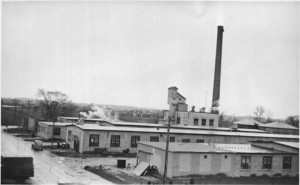
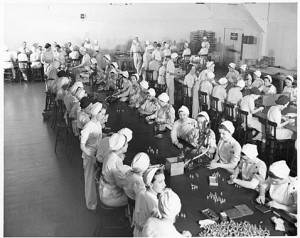
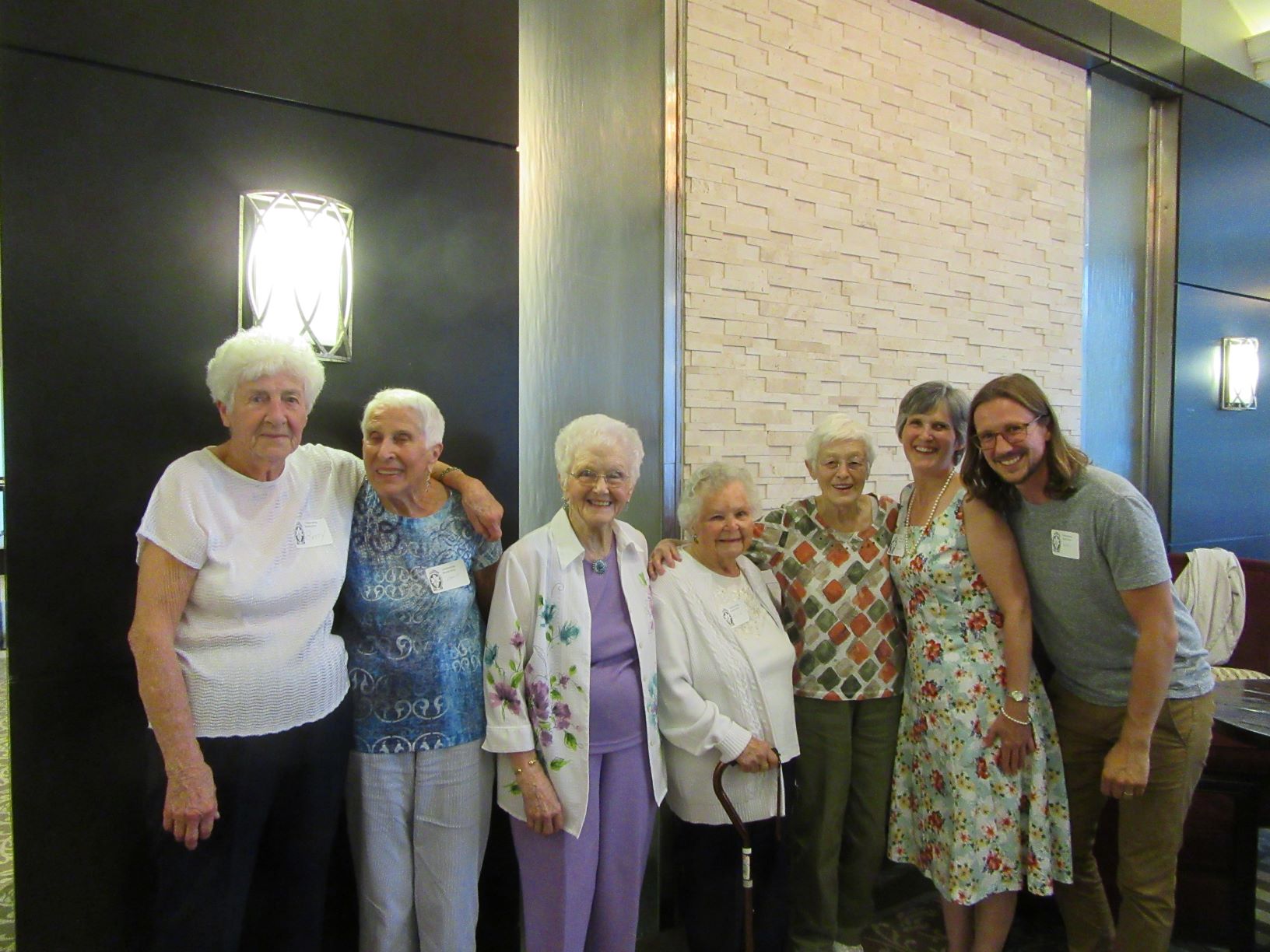
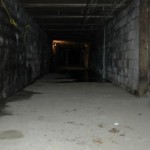
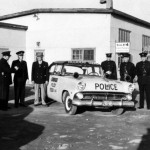

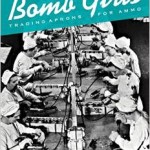

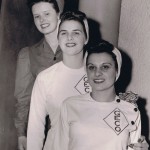
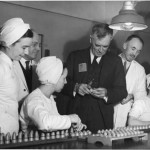
89 comments for “Bomb Girls: Trading Aprons for Ammo”